What is gynecomastia?
Gynecomastia is a condition that occurs when the small amount of normal breast tissue found in males increases or grows more than it should. This overdevelopment can occur at any age—from infants to adults. Most often, it’s related to a change or imbalance in hormones in the body.
While gynecomastia is the most common male breast condition, it usually isn’t serious. If you have symptoms of gynecomastia, our team offers complete care to help diagnose your situation and provide treatment options.
Gynecomastia symptoms
Although symptoms vary, the most common sign of gynecomastia is an increase in the size of the breast tissue around the nipple. It may cause darker skin around the nipples or nipple sensitivity. However, you may have no other symptoms. Gynecomastia can also feel like a lump in the breast that forms underneath the nipple.
Breast tissue might increase more on one side than the other, or gynecomastia can affect both sides of the chest. If you’ve noticed an increase in the size of breast tissue and have the following symptoms, schedule a visit with your primary care provider to get checked:
- Breast pain, swelling, and tenderness
- Nipple discharge
- A hard lump
Causes of gynecomastia
There are many causes of this common male breast condition. Most cases of gynecomastia are related to hormone changes during different stages of life. However, gynecomastia may also be a sign of another medical condition or a side effect of medications or drugs. That's why it is important to talk with your doctor if you have any symptoms of gynecomastia. A visit to the doctor will help diagnose the condition's cause, which is an important factor in determining the right care plan for you. See below for more information on the most common causes of gynecomastia, including natural hormone changes, diseases and health conditions, and medications and drugs.
Diseases and health conditions
Sometimes, gynecomastia results from a genetic condition or a chronic illness that affects the levels of hormones in your body. One of the most common genetic conditions related to an increase in male breast tissue is Klinefelter’s syndrome, where a person is born with an extra X chromosome.
Other conditions that affect hormones and may lead to gynecomastia include:
- Liver diseases, such as cancer and cirrhosis
- Lung cancer
- Pituitary or testicular cancer
- Thyroid conditions, including an overactive thyroid
- Type 1 diabetes
- Overweight or obesity
- Malnutrition
- Sex organ disorders
- Kidney failure
Medications and drugs
Several types of drugs can lead to gynecomastia, including prescription medications, herbal medications and illicit drugs. These include:
- Diuretics
- Hypertension medications
- ACE inhibitor drugs
- Certain antibiotics
- Antiulcer drugs
- Estrogen therapies for prostate cancer
- Highly active antiretroviral therapy for HIV disease
- Antianxiety and antidepressant medications
- Drug abuse (alcohol, marijuana, heroin)
- Chemotherapy drugs
- Medications to treat epilepsy
- Steroids
- Heart medications
Natural hormone changes
Every person goes through natural changes in hormones throughout life. Changes or imbalances in estrogen and testosterone levels can lead to gynecomastia, particularly right after birth, during puberty or as you age.
- Maternal transfer - Male infants may be born with swollen breast tissue due to the transfer of estrogen from their mothers. This short-term type of gynecomastia usually resolves itself in a few weeks.
- Puberty - During puberty, changes in hormone levels may also lead to gynecomastia. Puberty-related changes typically resolve on their own within a couple of years.
- Aging - The third group most likely to have the condition is males ages 50+. Usually, it does not cause other symptoms in older males.
Diagnosis of gynecomastia
While it may be uncomfortable to bring up concerns about your breast growth, your primary care doctor is the best resource to help you understand the underlying cause of your symptoms.
To help diagnose, your doctor will conduct a physical exam and ask you questions about your health history.
In some cases, you may have blood tests, or you may not need any additional testing for the condition. If a hormone imbalance appears to be the cause, your doctor might refer you to an endocrinologist, a physician who specializes in the endocrine system and hormone health.
Because both gynecomastia and breast cancer can cause breast lumps, your provider may order one of the following tests to get more details if you have a lump:
Conditions that cause similar symptoms
While gynecomastia is a common male health concern, it’s not always the cause of swelling or pain in the nipples or breast tissue. Less commonly, other conditions, such as fatty breast tissue, breast cancer and breast abscess, may create symptoms similar to gynecomastia.
Be sure to visit with your healthcare provider if you notice common signs of this condition. Your provider will help you decide if you need more testing to get to the cause of your symptoms and determine which steps you can take to start feeling better.
Some conditions that may have symptoms like those found in gynecomastia include:
- Fatty breast tissue – An increase in soft, fatty tissue may cause the area around the nipples to enlarge. Usually, gynecomastia will feel firmer to the touch than fatty tissue.
- Breast cancer – While breast cancer in men is rare, it’s possible to develop cancer in the small amount of breast tissue found in males. Both gynecomastia and cancer can cause pain, a lump or changes around the nipple.
- Breast abscess – A breast abscess is a painful buildup of pus in the breast tissue caused by an infection in the breast. Like gynecomastia, it causes swelling and pain, but it’s very rare in males.
Gynecomastia treatment
Your treatment plan for gynecomastia depends on the cause behind the changes in your breast tissue. Often, gynecomastia doesn’t require immediate treatment, and depending on the cause, sometimes it doesn’t require treatment. If a medical condition causes gynecomastia, your care may focus on treating the underlying cause to help resolve any symptoms you may be experiencing.
Treatment options based on the cause can include:
- Normal hormonal changes – Hormone changes, such as during puberty, may only need monitoring to make sure the condition resolves on its own.
- Medication or drug – You and your healthcare provider should discuss the benefits, risks and side effects of continuing your prescription.
- Medical condition – If you have a medical condition that causes breast tissue enlargement, treatment for the condition may help resolve gynecomastia.
Gynecomastia surgery
Gynecomastia can typically be resolved by treating the underlying cause. But in rare cases where gynecomastia continues to get worse or doesn’t get better with other treatment options, you may choose to have gynecomastia surgery. The most common surgery for gynecomastia is breast reduction surgery. A cosmetic and reconstructive surgeon will remove the enlarged breast tissue and any excess fat or skin to reshape the area during this procedure.
Most people don’t need surgery for gynecomastia, and it may not be covered by your insurance plan if it is considered cosmetic. If you’re considering breast reduction surgery, talk with your doctor about whether surgery could benefit you.
Our primary care locations near you
The first step in getting the care you need for gynecomastia is visiting your primary care provider. If you need additional testing, we offer male breast health services through our specialized imaging centers throughout North and Central Texas.

AccentCare - Brenham
526 W Main St , Brenham, TX, 77833
AccentCare - College Station
1605 Rock Prairie Rd Ste 206, College Station, TX, 77845
AccentCare - Huntsville
119 Medical Park Ln Ste C, Huntsville, TX, 77340
AccentCare - Hutto
567 Chris Kelley Blvd Ste 201, Hutto, TX, 78634
AccentCare - Marble Falls
1100 Mission Hills Dr Ste 100, Marble Falls, TX, 78654
AccentCare - McKinney
6800 Weiskopf Ave Ste 110, McKinney, TX, 75070
AccentCare - Temple
3809 S General Bruce Dr Ste 105B, Temple, TX, 76502
AccentCare - Waco
8300 Central Park Dr Ste A, Waco, TX, 76712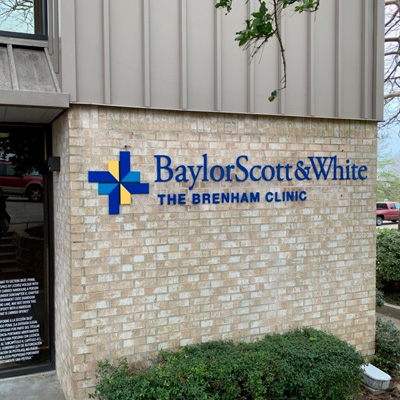
Baylor Scott & White - The Brenham Clinic
600 N Park St , Brenham, TX, 77833- Monday: 7:30 am - 5:00 pm
- Tuesday: 7:30 am - 5:00 pm
- Wednesday: 7:30 am - 5:00 pm
- Thursday: 7:30 am - 5:00 pm
- Friday: 7:30 am - 5:00 pm
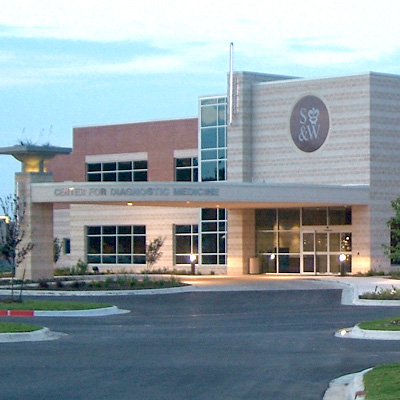
Baylor Scott & White Center for Diagnostic Medicine - Temple
1605 S 31st St , Temple, TX, 76508
Baylor Scott & White CitySquare
2835 Al Lipscomb Way , Dallas, TX, 75215- Monday: 8:00 am - 5:00 pm
- Tuesday: 8:00 am - 5:00 pm
- Wednesday: 8:00 am - 5:00 pm
- Thursday: 8:00 am - 5:00 pm
- Friday: 8:00 am - 5:00 pm
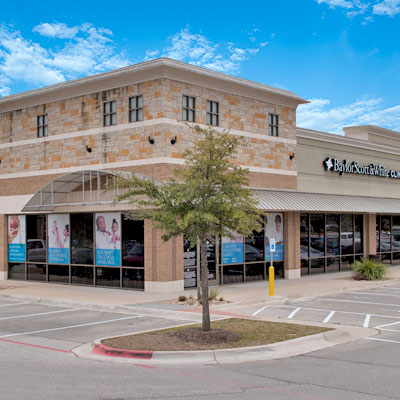
Baylor Scott & White Clinic - Austin Avery Ranch
10526 W Parmer Ln Ste 409, Austin, TX, 78717- Monday: 8:00 am - 5:00 pm
- Tuesday: 8:00 am - 5:00 pm
- Wednesday: 8:00 am - 5:00 pm
- Thursday: 8:00 am - 5:00 pm
- Friday: 8:00 am - 5:00 pm
- Monday: 7:40 am - 4:00 pm
- Tuesday: 7:40 am - 4:00 pm
- Wednesday: 7:40 am - 4:00 pm
- Thursday: 7:40 am - 4:00 pm
- Friday: 7:40 am - 4:00 pm

Baylor Scott & White Clinic - Austin Circle C
5000 W Slaughter Ln Building 6, Ste 100, Austin, TX, 78749- Monday: 8:00 am - 5:00 pm
- Tuesday: 8:00 am - 5:00 pm
- Wednesday: 8:00 am - 5:00 pm
- Thursday: 8:00 am - 5:00 pm
- Friday: 8:00 am - 5:00 pm
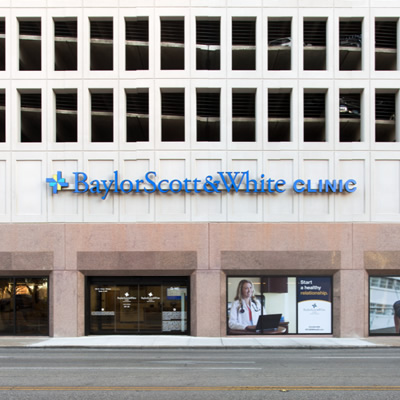
Baylor Scott & White Clinic - Austin Downtown
200 E Cesar Chavez St Ste G140, Austin, TX, 78701- Monday: 8:00 am - 5:00 pm
- Tuesday: 8:00 am - 5:00 pm
- Wednesday: 8:00 am - 5:00 pm
- Thursday: 8:00 am - 5:00 pm
- Friday: 8:00 am - 5:00 pm

Baylor Scott & White Clinic - Austin Jollyville Road
11673 Jollyville Rd Ste 205, Austin, TX, 78759- Monday: 8:00 am - 4:30 pm
- Tuesday: 8:00 am - 4:30 pm
- Wednesday: 8:00 am - 4:30 pm
- Thursday: 8:00 am - 4:30 pm
- Friday: 8:00 am - 3:00 pm
- Monday: 8:00 am - 3:00 pm
- Tuesday: 8:00 am - 3:00 pm
- Wednesday: 8:00 am - 3:00 pm
- Thursday: 8:00 am - 3:00 pm
- Friday: 8:00 am - 2:00 pm
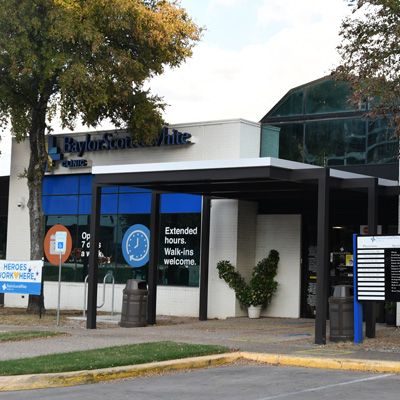
Baylor Scott & White Clinic - Austin North Burnet
2608 Brockton Dr , Austin, TX, 78758- Monday: 8:00 am - 5:00 pm
- Tuesday: 8:00 am - 5:00 pm
- Wednesday: 8:00 am - 5:00 pm
- Thursday: 8:00 am - 5:00 pm
- Friday: 8:00 am - 5:00 pm
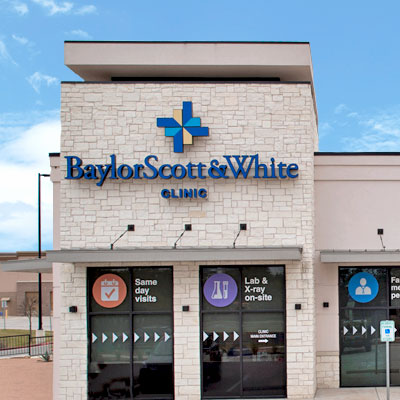
Baylor Scott & White Clinic - Austin Northwest
9800 N Lake Creek Pkwy Ste 200, Austin, TX, 78717- Monday: 8:00 am - 5:00 pm
- Tuesday: 8:00 am - 5:00 pm
- Wednesday: 8:00 am - 5:00 pm
- Thursday: 8:00 am - 5:00 pm
- Friday: 8:00 am - 5:00 pm
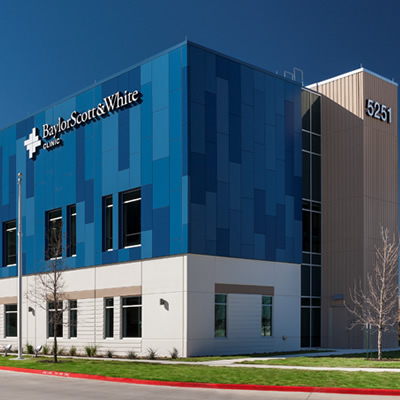
Baylor Scott & White Clinic - Austin Oak Hill
5251 US 290 , Austin, TX, 78735- Monday: 8:00 am - 5:00 pm
- Tuesday: 8:00 am - 5:00 pm
- Wednesday: 8:00 am - 5:00 pm
- Thursday: 8:00 am - 5:00 pm
- Friday: 8:00 am - 5:00 pm

Baylor Scott & White Clinic - Austin Onion Creek
11209 S Interstate 35 , Austin, TX, 78747- Monday: 8:00 am - 5:00 pm
- Tuesday: 8:00 am - 5:00 pm
- Wednesday: 8:00 am - 5:00 pm
- Thursday: 8:00 am - 5:00 pm
- Friday: 8:00 am - 5:00 pm
- Monday: 8:20 am - 4:00 pm
- Tuesday: 8:20 am - 4:00 pm
- Wednesday: 8:20 am - 4:00 pm
- Thursday: 8:20 am - 4:00 pm
- Friday: 8:20 am - 4:00 pm
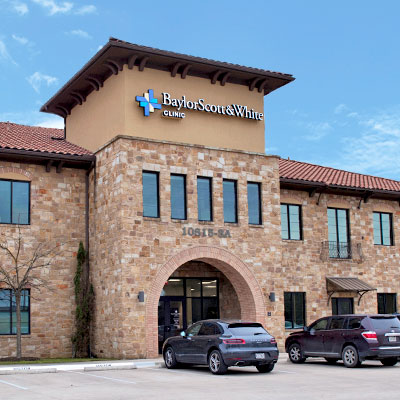
Baylor Scott & White Clinic - Austin River Place
10815 Ranch Rd 2222 , Austin, TX, 78730- Monday: 8:00 am - 5:00 pm
- Tuesday: 8:00 am - 5:00 pm
- Wednesday: 8:00 am - 5:00 pm
- Thursday: 8:00 am - 5:00 pm
- Friday: 8:00 am - 5:00 pm

Baylor Scott & White Clinic - Austin Southwest
9521 US 290 Ste 105, Austin, TX, 78736- Monday: 8:00 am - 5:00 pm
- Tuesday: 8:00 am - 5:00 pm
- Wednesday: 8:00 am - 5:00 pm
- Thursday: 8:00 am - 5:00 pm
- Friday: 8:00 am - 5:00 pm

Baylor Scott & White Clinic - Austin Tech Ridge
500 Canyon Ridge Dr Ste 208, Austin, TX, 78753- Monday: 8:00 am - 5:00 pm
- Tuesday: 8:00 am - 5:00 pm
- Wednesday: 8:00 am - 5:00 pm
- Thursday: 8:00 am - 5:00 pm
- Friday: 8:00 am - 5:00 pm

Baylor Scott & White Clinic - Bee Cave
16018 W SH 71 , Bee Cave, TX, 78738- Monday: 8:00 am - 5:00 pm
- Tuesday: 8:00 am - 5:00 pm
- Wednesday: 8:00 am - 5:00 pm
- Thursday: 8:00 am - 5:00 pm
- Friday: 8:00 am - 5:00 pm
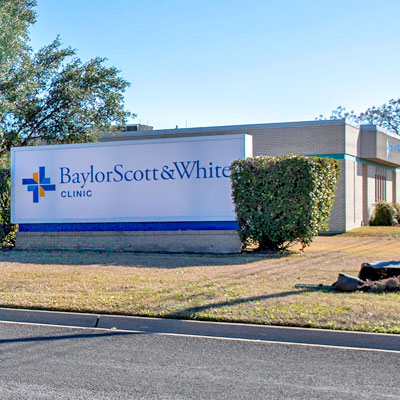
Baylor Scott & White Clinic - Belton
1505 N Main St , Belton, TX, 76513- Monday: 7:00 am - 7:00 pm
- Tuesday: 7:00 am - 7:00 pm
- Wednesday: 7:00 am - 7:00 pm
- Thursday: 7:00 am - 7:00 pm
- Friday: 7:00 am - 5:00 pm
- Saturday: 8:00 am - 12:00 pm
- Monday: 7:30 am - 4:00 pm
- Tuesday: 7:30 am - 4:00 pm
- Wednesday: 7:30 am - 4:00 pm
- Thursday: 7:30 am - 4:00 pm
- Friday: 7:30 am - 4:00 pm

Baylor Scott & White Clinic - Belton Lake Road
309 Lake Rd , Belton, TX, 76513- Monday: 7:00 am - 7:00 pm
- Tuesday: 7:00 am - 7:00 pm
- Wednesday: 7:00 am - 7:00 pm
- Thursday: 7:00 am - 7:00 pm
- Friday: 7:00 am - 7:00 pm
- Saturday: 7:00 am - 7:00 pm
- Sunday: 8:00 am - 4:00 pm
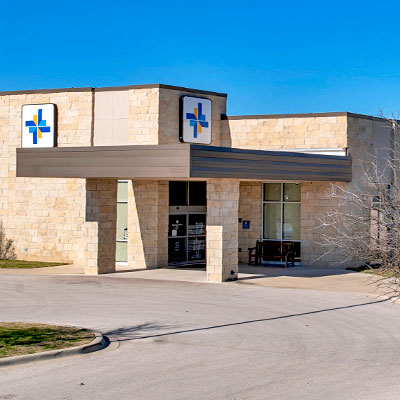
Baylor Scott & White Clinic - Belton South
1001 Arbor Park , Belton, TX, 76513- Monday: 7:00 am - 7:00 pm
- Tuesday: 7:00 am - 7:00 pm
- Wednesday: 7:00 am - 7:00 pm
- Thursday: 7:00 am - 7:00 pm
- Friday: 7:00 am - 5:00 pm
- Saturday: 8:00 am - 12:00 pm
- Monday: 7:30 am - 4:00 pm
- Tuesday: 7:30 am - 4:00 pm
- Wednesday: 7:30 am - 4:00 pm
- Thursday: 7:30 am - 4:00 pm
- Friday: 7:30 am - 4:00 pm
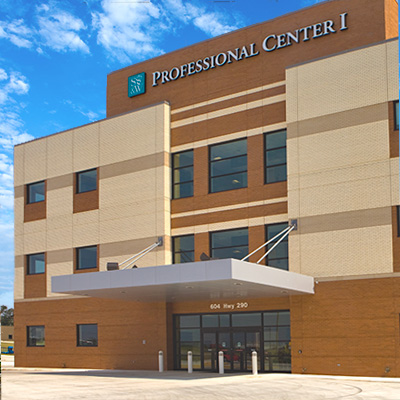
Baylor Scott & White Clinic - Brenham Hwy 290
604 US 290 , Brenham, TX, 77833- Monday: 7:00 am - 7:00 pm
- Tuesday: 7:00 am - 5:00 pm
- Wednesday: 7:00 am - 5:00 pm
- Thursday: 7:00 am - 7:00 pm
- Friday: 7:00 am - 5:00 pm
- Saturday: 8:00 am - 12:00 pm

Baylor Scott & White Clinic - Bryan Boonville
748 N Earl Rudder Fwy , Bryan, TX, 77802- Monday: 7:30 am - 5:00 pm
- Tuesday: 7:30 am - 5:00 pm
- Wednesday: 7:30 am - 5:00 pm
- Thursday: 7:30 am - 5:00 pm
- Friday: 7:30 am - 5:00 pm
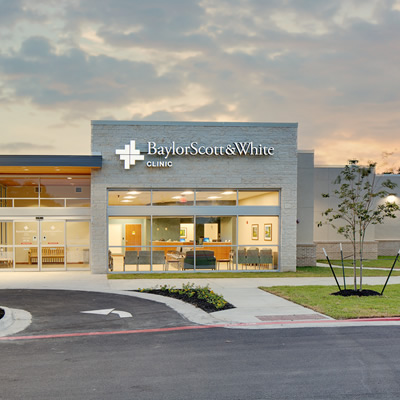
Baylor Scott & White Clinic - Bryan West Villa Maria Road
2612 W Villa Maria Rd , Bryan, TX, 77807- Monday: 7:20 am - 5:10 pm
- Tuesday: 7:20 am - 5:10 pm
- Wednesday: 7:20 am - 5:10 pm
- Thursday: 7:20 am - 5:00 pm
- Friday: 7:20 am - 5:00 pm

Baylor Scott & White Clinic - Buda Medical Center
5330 Overpass Rd Ste 100, Buda, TX, 78610- Monday: 8:00 am - 5:00 pm
- Tuesday: 8:00 am - 5:00 pm
- Wednesday: 8:00 am - 5:00 pm
- Thursday: 8:00 am - 5:00 pm
- Friday: 8:00 am - 5:00 pm

Baylor Scott & White Clinic - Burnet
1300 E Polk St , Burnet, TX, 78611- Monday: 7:00 am - 5:00 pm
- Tuesday: 7:00 am - 5:00 pm
- Wednesday: 7:00 am - 5:00 pm
- Thursday: 7:00 am - 5:00 pm
- Friday: 7:00 am - 5:00 pm
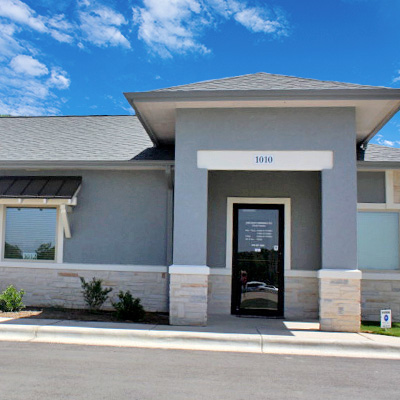
Baylor Scott & White Clinic - Caldwell
1010 Woodson Dr , Caldwell, TX, 77836- Monday: 7:30 am - 6:00 pm
- Tuesday: 7:30 am - 6:00 pm
- Wednesday: 7:30 am - 6:00 pm
- Thursday: 7:30 am - 6:00 pm
- Friday: 8:00 am - 5:00 pm

Baylor Scott & White Clinic - Cameron
101 Lafferty Ave Ste B, Cameron, TX, 76520- Monday: 8:00 am - 5:00 pm
- Tuesday: 8:00 am - 5:00 pm
- Wednesday: 8:00 am - 5:00 pm
- Thursday: 8:00 am - 5:00 pm
- Friday: 8:00 am - 5:00 pm

Baylor Scott & White Clinic - Cedar Park
910 E Whitestone Blvd , Cedar Park, TX, 78613- Monday: 8:00 am - 5:00 pm
- Tuesday: 8:00 am - 5:00 pm
- Wednesday: 8:00 am - 5:00 pm
- Thursday: 8:00 am - 5:00 pm
- Friday: 8:00 am - 5:00 pm
- Monday: 7:00 am - 4:30 pm
- Tuesday: 7:00 am - 4:30 pm
- Wednesday: 7:00 am - 4:30 pm
- Thursday: 7:00 am - 4:30 pm
- Friday: 7:00 am - 4:30 pm
- Saturday: 9:00 am - 4:30 pm
- Sunday: 9:00 am - 4:30 pm

Baylor Scott & White Clinic - College Station Arrington Road
1296 Arrington Rd Ste 100, College Station, TX, 77845- Monday: 7:20 am - 5:00 pm
- Tuesday: 7:20 am - 5:00 pm
- Wednesday: 7:30 am - 5:00 pm
- Thursday: 7:30 am - 5:00 pm
- Friday: 7:50 am - 5:00 pm
- Monday: 8:00 am - 4:30 pm
- Tuesday: 8:00 am - 4:30 pm
- Wednesday: 8:00 am - 4:30 pm
- Thursday: 8:00 am - 4:30 pm
- Friday: 8:00 am - 4:30 pm

Baylor Scott & White Clinic - College Station Midtown
4035 State Hwy 6 S , College Station, TX, 77845- Monday: 7:00 am - 6:00 pm
- Tuesday: 7:00 am - 6:00 pm
- Wednesday: 7:00 am - 6:00 pm
- Thursday: 7:00 am - 6:00 pm
- Friday: 7:00 am - 6:00 pm
- Monday: 8:00 am - 5:00 pm
- Tuesday: 8:00 am - 5:00 pm
- Wednesday: 8:00 am - 5:00 pm
- Thursday: 8:00 am - 5:00 pm
- Friday: 8:00 am - 5:00 pm
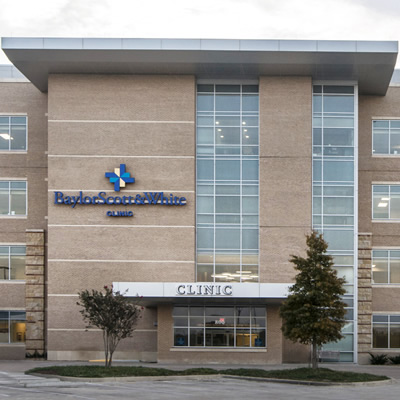
Baylor Scott & White Clinic - College Station Rock Prairie
800 Scott and White Dr , College Station, TX, 77845- Monday: 7:30 am - 5:00 pm
- Tuesday: 7:30 am - 5:00 pm
- Wednesday: 7:30 am - 5:00 pm
- Thursday: 7:30 am - 5:00 pm
- Friday: 7:30 am - 5:00 pm
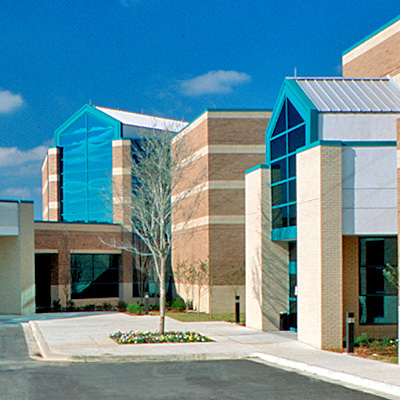
Baylor Scott & White Clinic - College Station University Drive
1700 University Dr E , College Station, TX, 77840- Monday: 8:00 am - 5:00 pm
- Tuesday: 8:00 am - 5:00 pm
- Wednesday: 8:00 am - 5:00 pm
- Thursday: 8:00 am - 5:00 pm
- Friday: 8:00 am - 5:00 pm

Baylor Scott & White Clinic - College Station Wellborn
15195 Wellborn Rd , College Station, TX, 77845- Monday: 7:30 am - 5:30 pm
- Tuesday: 7:30 am - 5:30 pm
- Wednesday: 7:30 am - 5:30 pm
- Thursday: 7:30 am - 5:30 pm
- Friday: 7:30 am - 5:30 pm
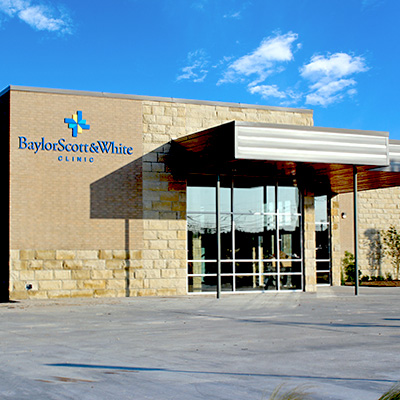
Baylor Scott & White Clinic - Copperas Cove
239 W US Hwy 190 , Copperas Cove, TX, 76522- Monday: 7:45 am - 5:00 pm
- Tuesday: 7:45 am - 5:00 pm
- Wednesday: 7:45 am - 5:00 pm
- Thursday: 7:45 am - 5:00 pm
- Friday: 7:45 am - 5:00 pm

Baylor Scott & White Clinic - Gatesville
319 S State Hwy 36 Bypass Ste 401, Gatesville, TX, 76528- Monday: 8:00 am - 5:00 pm
- Tuesday: 8:00 am - 5:00 pm
- Wednesday: 8:00 am - 5:00 pm
- Thursday: 8:00 am - 5:00 pm
- Friday: 8:00 am - 5:00 pm
- Monday: 7:45 am - 4:00 pm
- Tuesday: 7:45 am - 4:00 pm
- Wednesday: 7:45 am - 4:00 pm
- Thursday: 7:45 am - 4:00 pm
- Friday: 7:45 am - 4:00 pm
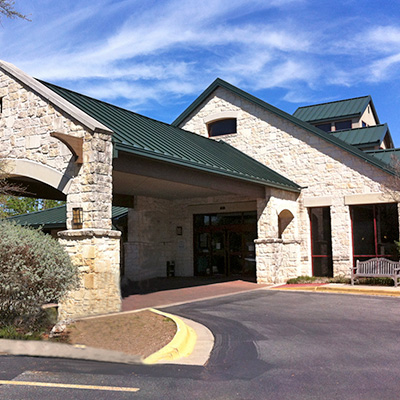
Baylor Scott & White Clinic - Georgetown
4945 Williams Dr , Georgetown, TX, 78633- Monday: 7:30 am - 5:00 pm
- Tuesday: 7:30 am - 5:00 pm
- Wednesday: 7:30 am - 5:00 pm
- Thursday: 7:30 am - 5:00 pm
- Friday: 7:30 am - 5:00 pm
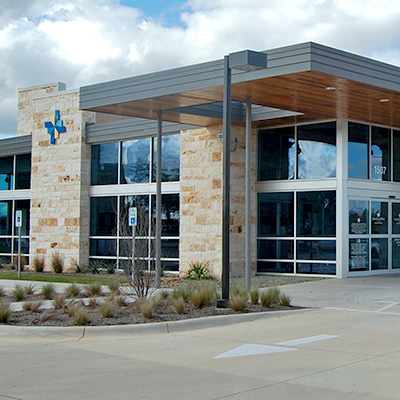
Baylor Scott & White Clinic - Georgetown Central
1507 Rivery Blvd , Georgetown, TX, 78628- Monday: 8:00 am - 5:00 pm
- Tuesday: 8:00 am - 5:00 pm
- Wednesday: 8:00 am - 5:00 pm
- Thursday: 8:00 am - 5:00 pm
- Friday: 8:00 am - 5:00 pm
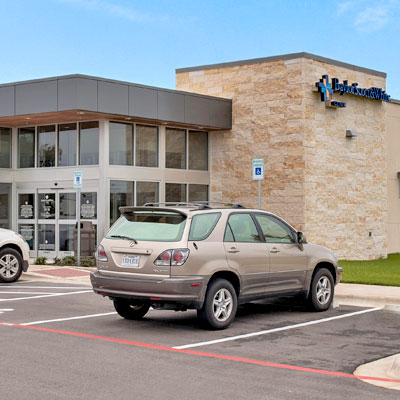
Baylor Scott & White Clinic - Georgetown West
7451 W State Hwy 29 , Georgetown, TX, 78628- Monday: 8:00 am - 5:00 pm
- Tuesday: 8:00 am - 5:00 pm
- Wednesday: 8:00 am - 5:00 pm
- Thursday: 8:00 am - 5:00 pm
- Friday: 8:00 am - 5:00 pm
- Monday: 8:30 am - 4:00 pm
- Tuesday: 8:30 am - 4:00 pm
- Wednesday: 8:30 am - 4:00 pm
- Thursday: 8:30 am - 4:00 pm
- Friday: 8:30 am - 4:00 pm

Baylor Scott & White Clinic - Hempstead
808 6th St , Hempstead, TX, 77445- Monday: 8:00 am - 5:00 pm
- Tuesday: 8:00 am - 5:00 pm
- Wednesday: 8:00 am - 5:00 pm
- Thursday: 8:00 am - 5:00 pm
- Friday: 8:00 am - 5:00 pm
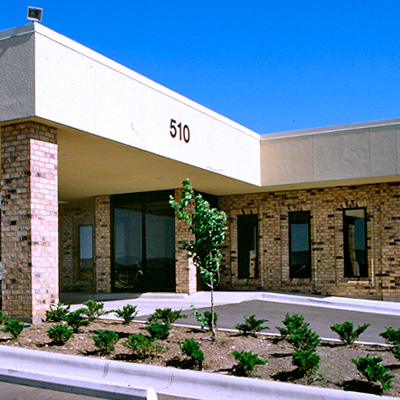
Baylor Scott & White Clinic - Hewitt
510 N Hewitt Dr , Hewitt, TX, 76643- Monday: 8:00 am - 5:00 pm
- Tuesday: 8:00 am - 5:00 pm
- Wednesday: 8:00 am - 5:00 pm
- Thursday: 8:00 am - 5:00 pm
- Friday: 8:00 am - 5:00 pm

Baylor Scott & White Clinic - Horseshoe Bay
100 Pecan Crossing Dr , Horseshoe Bay, TX, 78657- Monday: 7:00 am - 5:00 pm
- Tuesday: 7:00 am - 5:00 pm
- Wednesday: 7:00 am - 5:00 pm
- Thursday: 7:00 am - 5:00 pm
- Friday: 7:00 am - 5:00 pm
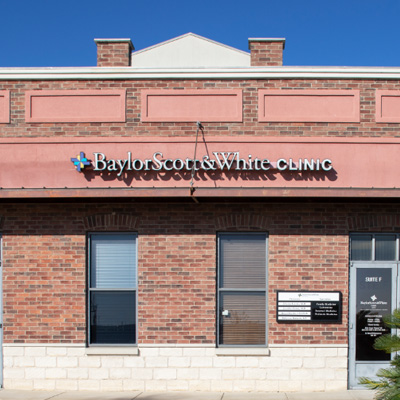
Baylor Scott & White Clinic - Hutto
120 Ed Schmidt Blvd Suites B, E & F, Hutto, TX, 78634- Monday: 8:00 am - 5:00 pm
- Tuesday: 8:00 am - 5:00 pm
- Wednesday: 8:00 am - 5:00 pm
- Thursday: 8:00 am - 5:00 pm
- Friday: 8:00 am - 5:00 pm
- Monday: 8:00 am - 4:20 pm
- Tuesday: 8:00 am - 4:20 pm
- Wednesday: 8:00 am - 4:20 pm
- Thursday: 8:00 am - 4:20 pm
- Friday: 8:00 am - 2:50 pm
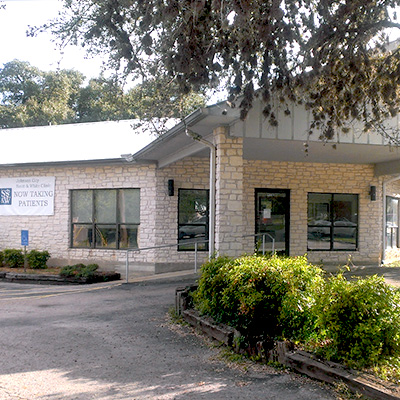
Baylor Scott & White Clinic - Johnson City
208 Haley Rd , Johnson City, TX, 78636- Monday: 8:00 am - 5:00 pm
- Tuesday: 8:00 am - 5:00 pm
- Wednesday: 8:00 am - 5:00 pm
- Thursday: 8:00 am - 5:00 pm
- Friday: 8:00 am - 5:00 pm
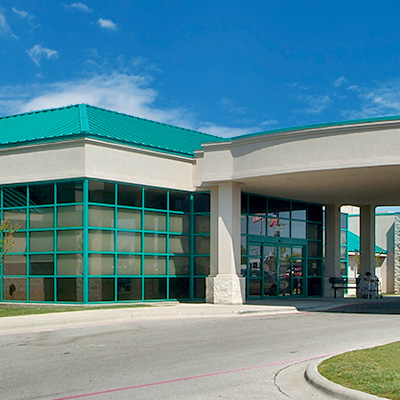
Baylor Scott & White Clinic - Killeen
3801 Scott and White Dr , Killeen, TX, 76543- Monday: 7:00 am - 7:00 pm
- Tuesday: 7:00 am - 7:00 pm
- Wednesday: 7:00 am - 7:00 pm
- Thursday: 7:00 am - 7:00 pm
- Friday: 7:00 am - 7:00 pm
- Saturday: 7:00 am - 7:00 pm
Hours of Operation
Hours of Operation
Office Hours
Frequently asked questions
-
Does gynecomastia go away?
Sometimes gynecomastia will go away on its own, especially when natural hormone changes cause the condition. For example, the condition goes away in many adolescents with gynecomastia as they reach adulthood. When medications or another medical condition lead to gynecomastia, the condition may resolve when you change medications or treat the underlying cause.
-
Is gynecomastia surgery covered by insurance?
No, many insurance plans will not cover the procedure because it is considered an elective surgery. Most of the time, gynecomastia doesn’t require surgery. If you’re considering surgery for cosmetic reasons, contact your insurance company to understand what is and is not covered.
-
How do you know if you have gynecomastia?
The main sign of gynecomastia is overgrowth around the breast area. However, other things, like an increase in fatty tissue or another medical condition, can cause similar changes. A visit to the doctor is needed to confirm a diagnosis of gynecomastia.
-
Can gynecomastia go away with exercise?
No, gynecomastia doesn’t respond to exercise. If you only have fatty tissue, exercise may help. But gynecomastia is usually caused when your hormone levels are off, and typically exercise can’t correct a hormone imbalance. Instead, your doctor will focus on getting to the source of the hormone changes.
-
How can you tell if it’s gynecomastia or just fat?
When you have an overdevelopment of breast tissue in gynecomastia, it will typically feel and appear different than just excess fat. Gynecomastia is usually firm to the touch or may feel like a lump under the nipple. It often appears more rounded, like a female breast. Excess fat is softer and may lack firmness or definition.